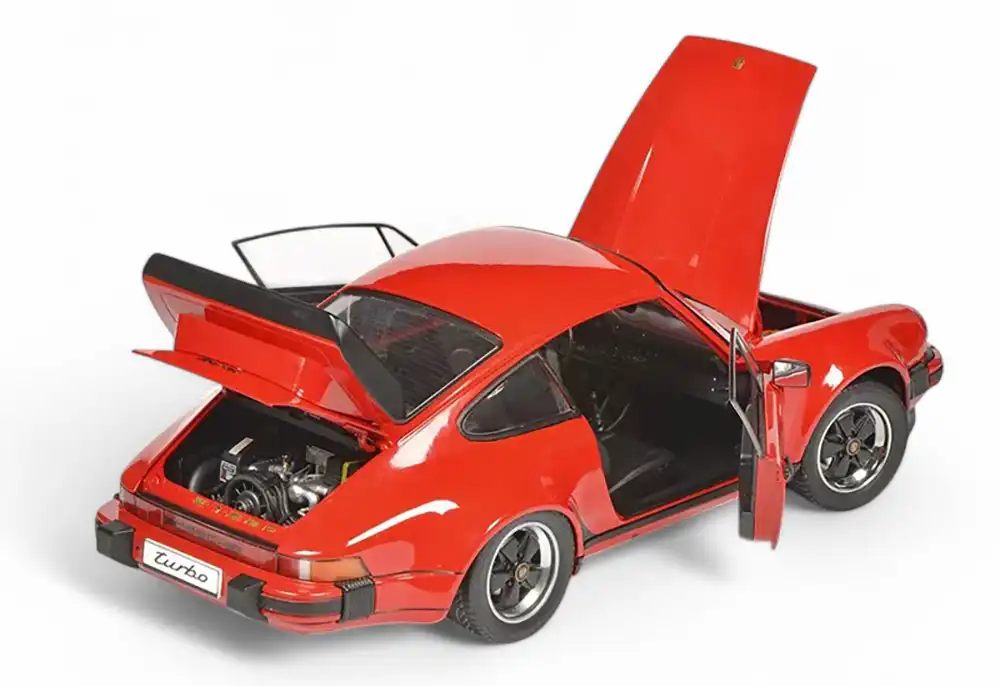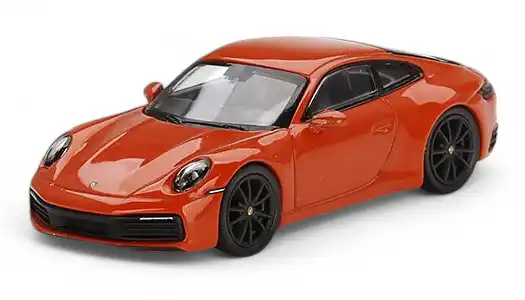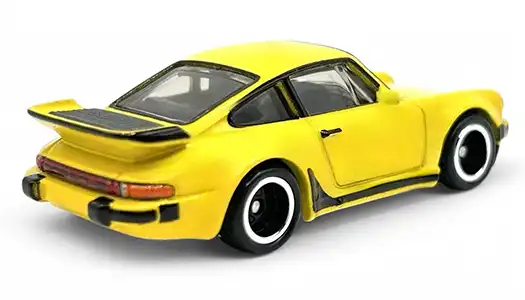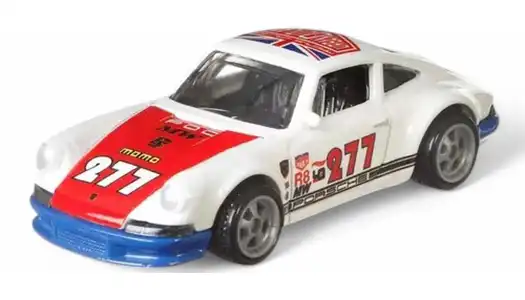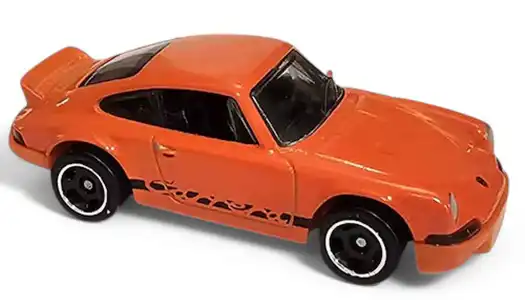Few cars in automotive history have achieved the iconic status of the Porsche 911. Since its debut in 1964, this legendary sports car has remained a benchmark for performance, design, and engineering excellence. With each generation, the 911 has evolved while staying true to its heritage, making it one of the most recognizable and beloved vehicles in the world.
A legacy that stands the test of time
The 911 was first introduced as the successor to the Porsche 356, featuring a rear-mounted, air-cooled flat-six engine that would become its defining characteristic. Designed by Ferdinand “Butzi” Porsche, the 911 maintained the brand’s dedication to lightweight construction, precision handling, and an engaging driving experience.
The Porsche 911 was initially named the Porsche 901, based on its internal project number. However, French car manufacturer Peugeot protested, claiming it held exclusive rights to car names consisting of three numbers with a zero in the middle. Rather than selling the car under a different name in France, Porsche decided to change the name to Porsche 911.

The first models of the 911 featured a rear-mounted 130 hp (97 kW) Type 901/01 flat-6 engine, designed in a “boxer” configuration similar to the 356. This air-cooled engine has a displacement of 1,991 cc (2.0 L), compared to the four-cylinder engine of the 356, which displaces 1,582 cc (1.6 L). The 911 is designed as a 2+2 body style, with rear seating that was provisional. A four or five-speed “Type 901” manual transmission was available.
Porsche manufactured an entry-level version of the 911 called the Porsche 912, which was produced from 1965 to 1969, with a brief return in 1976. It was designed as a more affordable alternative to the 911. The 912 was powered by a 1.6-liter flat-four engine, compared to the 2.0-liter flat-six engine in the 911. Additionally, it was slightly smaller and lighter than the 911. Although it had less power, the 912 offered a balanced driving experience, with decent performance and better fuel efficiency.
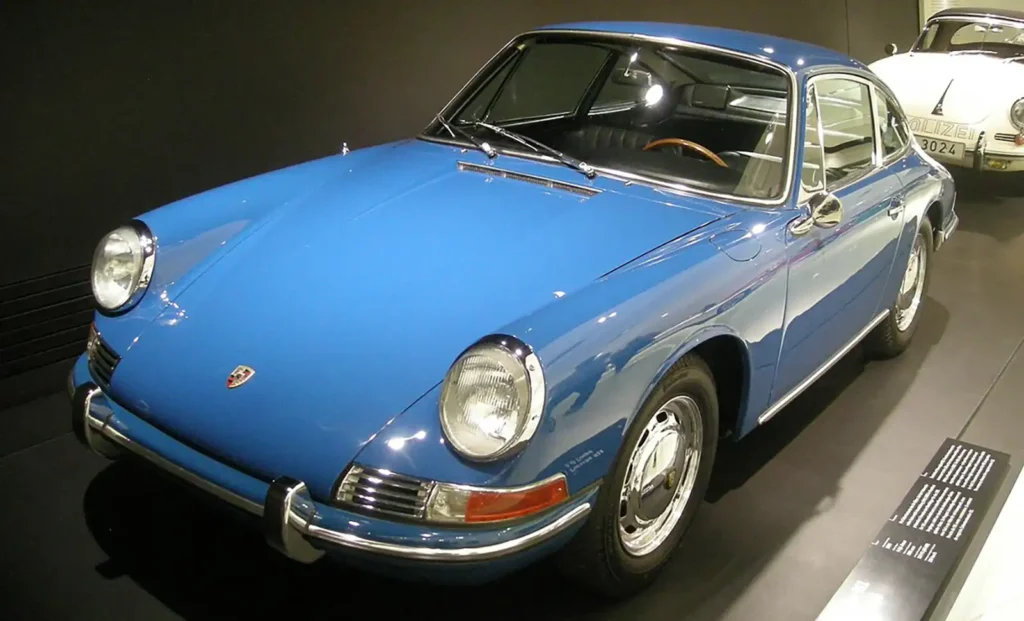

Over the decades, Porsche has continuously refined the 911, balancing innovation with tradition. While early models featured simple yet elegant designs, modern versions incorporate state-of-the-art technology, improved aerodynamics, and increased power—all while preserving the signature silhouette and rear-engine layout.
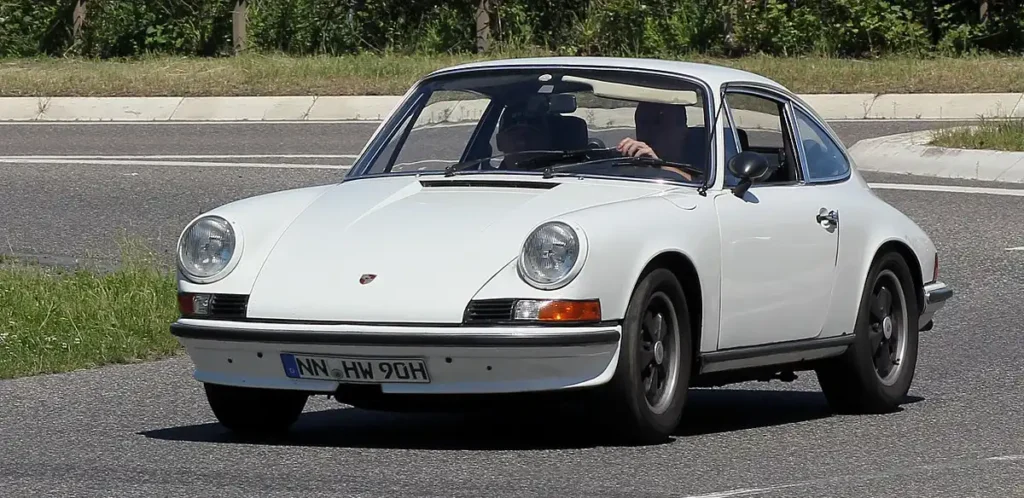
Engineering excellence and performance
The 911 has always been a driver-focused car, delivering an exhilarating performance on both the road and the racetrack. Key features that define its engineering prowess include:
1. Rear-Engine Layout
Unlike most sports cars, which opt for mid-engine or front-engine configurations, the 911 places its engine behind the rear axle. While this layout initially posed handling challenges, Porsche engineers mastered it over time, enhancing stability and cornering dynamics.
2. Evolution of Powertrains
Early 911 models were equipped with air-cooled engines, but by the 996 generation (1999-2005), Porsche transitioned to water-cooled technology for improved efficiency and reliability. Modern 911s feature turbocharged flat-six engines, producing anywhere from 379 hp in the base Carrera to over 700 hp in the 911 GT2 RS.
3. Cutting-Edge Technology
Recent models incorporate active aerodynamics, all-wheel drive options, and advanced driver-assistance systems, ensuring the 911 remains at the forefront of automotive performance while staying true to its racing roots.

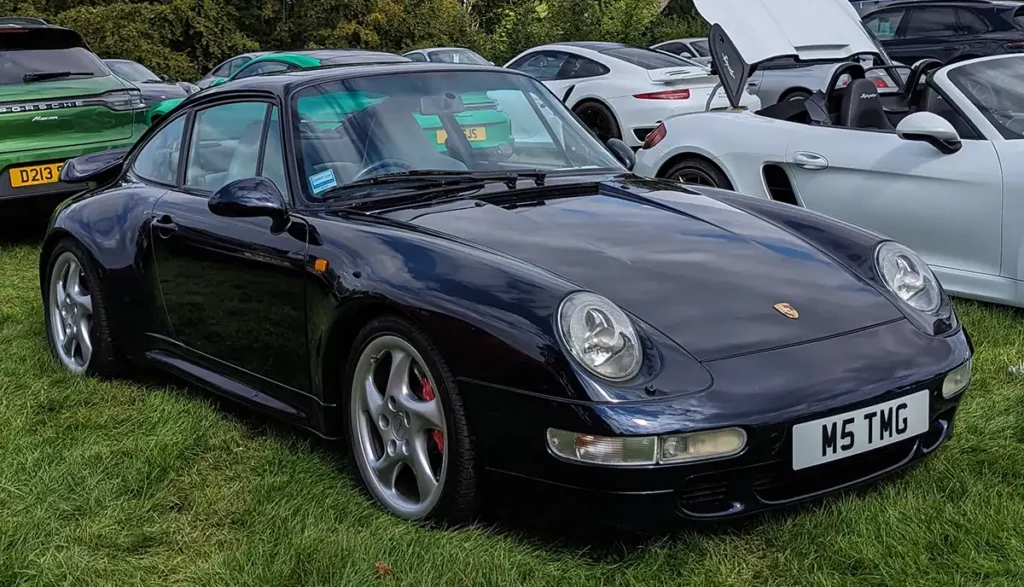

A racing pedigree like no other
The Porsche 911 has an unmatched motorsport heritage. It has competed in (and won) some of the world’s most demanding races, including:
- Le Mans 24 Hours
- Targa Florio
- Monte Carlo Rally
- IMSA and GT racing championships
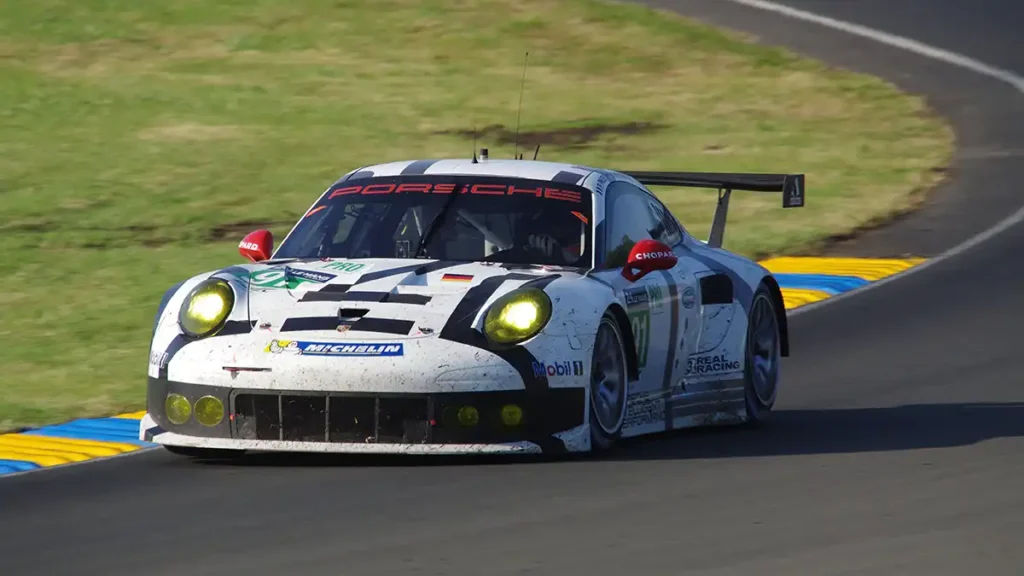

Porsche’s motorsport success has directly influenced its road cars, with race-proven technology trickling down into production models, making every 911 a true performance machine.
Design that never grows old
The 911’s design philosophy follows an approach of “evolution, not revolution.” Every generation maintains its classic silhouette—a sloping roofline, round headlights, and muscular haunches—while incorporating subtle refinements.
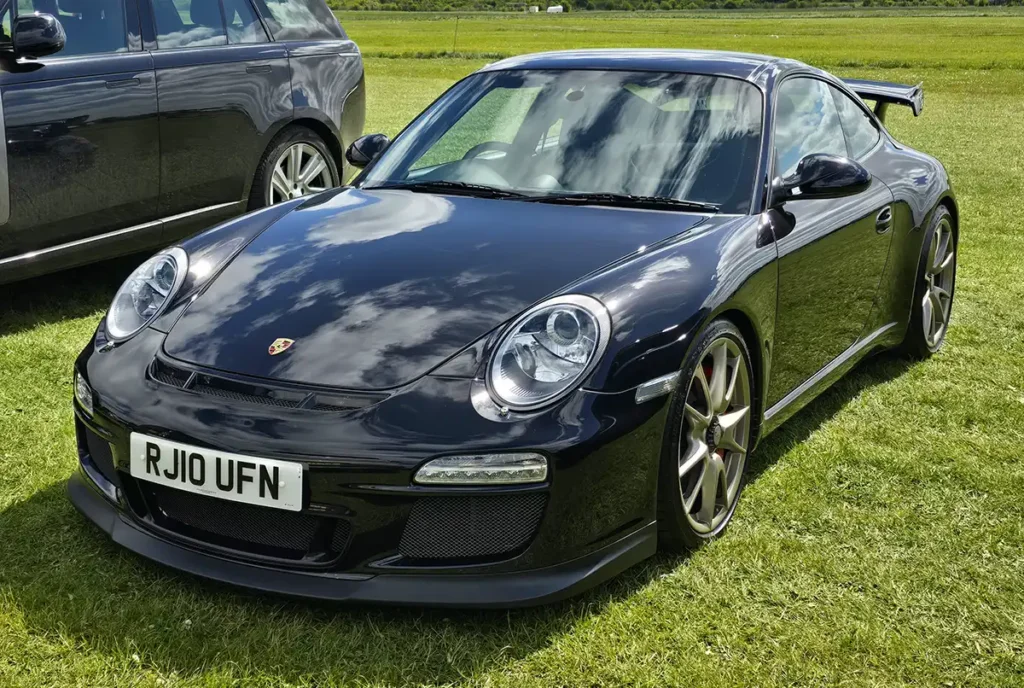
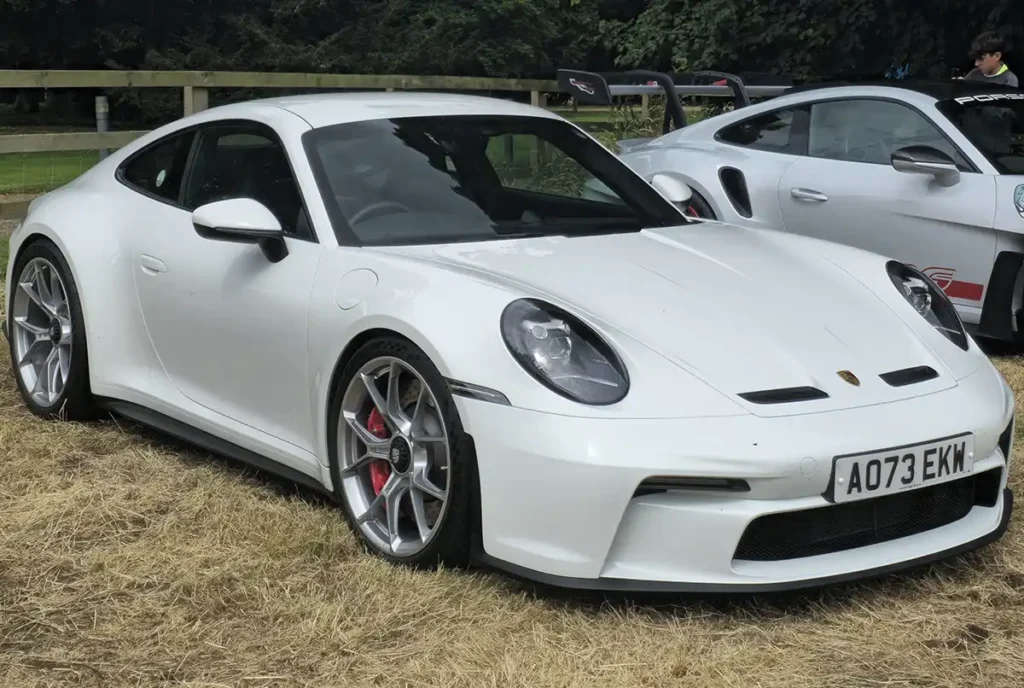
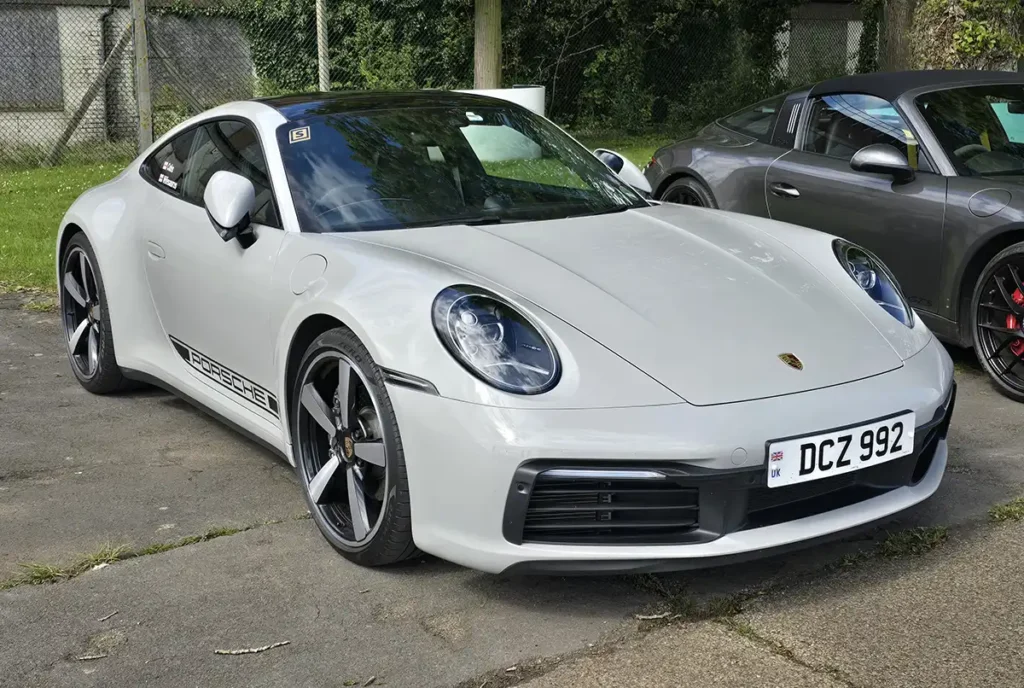
Inside, Porsche blends luxury with functionality, offering premium materials, intuitive infotainment, and a cockpit designed for the driving enthusiast. Whether you’re cruising the highway or attacking a twisty road, the 911’s interior ensures an immersive experience.
The 911 in today’s automotive world
In an era of electrification and hybrid technology, the 911 continues to evolve. Porsche has already introduced the hybrid-assisted 911 Dakar, and rumors suggest that an electric 911 (or at least a hybrid variant) may arrive in the near future. However, the brand remains committed to preserving the driving purity that enthusiasts love.

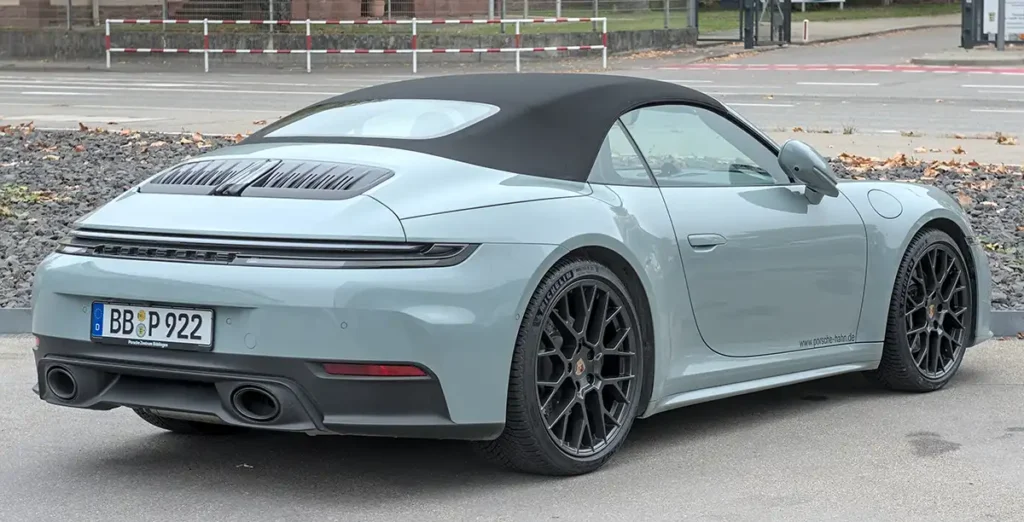
Conclusion: more than just a car
The Porsche 911 is not just a sports car—it’s an icon. With nearly 60 years of heritage, innovation, and motorsport success, it remains one of the most celebrated automobiles ever created. Whether you’re a collector, a weekend racer, or simply an admirer of fine engineering, the 911’s blend of timeless design, exhilarating performance, and everyday usability makes it a car like no other.


